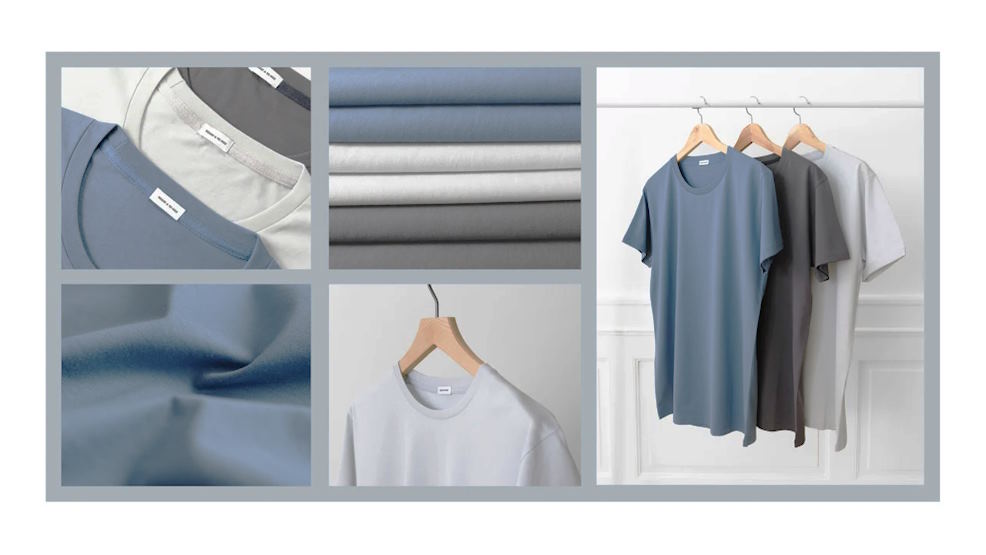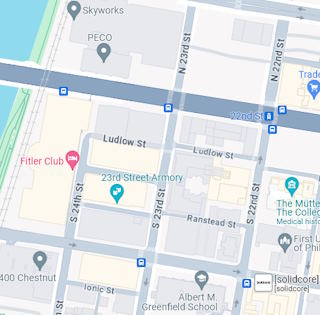Customizing Your Clothes for the Perfect Fit
- Published in Classy & Chic Fashion
- Permalink

In the realm of fashion, achieving the perfect fit can often feel like an elusive goal. Off-the-rack clothing is designed to fit a broad range of body types, but rarely does it cater to the unique curves and proportions of individuals. However, the solution to this common frustration lies in the art of customizing clothes. Whether it’s a simple adjustment to hem lengths or a more intricate alteration to accommodate specific measurements, customizing clothing offers the opportunity to create garments that not only fit flawlessly but also reflect one’s personal style.
DIY Tailoring Techniques: Elevate Your Wardrobe from Home
Altering Clothing at Home: Basic Tools and Materials Needed
Embarking on a DIY tailoring project doesn’t require a fully equipped studio; with just a few basic tools and materials, you can transform your wardrobe from the comfort of your own home. Essential tools include a sewing machine (or needle and thread for hand sewing), sharp scissors, pins or clips for securing fabric, a measuring tape, and an iron for pressing seams. Additionally, having a seam ripper on hand can be a lifesaver for undoing stitches if needed. As for materials, stock up on matching thread in various colors, extra buttons, and any interfacing or fusible tape required for stabilizing seams.

Step-by-Step Instructions for Common Alterations
- Hemming Pants: Start by trying on the pants with the shoes you’ll likely wear them with, then mark the desired length with pins. Remove the pants and use a ruler to ensure an even hem. Fold the fabric twice to create a clean edge, then sew along the fold line using a straight stitch.
- Taking in the Waist: Turn the garment inside out and put it on. Pinch excess fabric at the waist until it fits comfortably, then mark the new seam line with pins. Sew along the marked line, tapering the seam towards the original seam for a natural transition.
Tips for Achieving Professional-Looking Results
- Take accurate measurements and mark alterations with precision before sewing.
- Press seams flat with an iron to create crisp, professional-looking finishes.
- Use high-quality thread that matches the fabric to ensure durability and a seamless finish.
- Practice on scrap fabric before attempting alterations on your clothing to gain confidence and refine your skills.
Working with a Professional Tailor: Elevating Your Wardrobe with Expertise
When to Seek the Help of a Professional Tailor
 While DIY alterations can work wonders, there are times when the expertise of a professional tailor is invaluable. Consider seeking their assistance for complex alterations, intricate designs, or when dealing with delicate fabrics that require special care. Additionally, if you have garments that hold sentimental value or are investment pieces, entrusting them to a skilled tailor ensures they are handled with the utmost care and expertise.
While DIY alterations can work wonders, there are times when the expertise of a professional tailor is invaluable. Consider seeking their assistance for complex alterations, intricate designs, or when dealing with delicate fabrics that require special care. Additionally, if you have garments that hold sentimental value or are investment pieces, entrusting them to a skilled tailor ensures they are handled with the utmost care and expertise.
What to Expect During a Fitting Session
During your fitting session with a professional tailor, expect personalized attention to detail and precision. They will carefully assess the fit of your garment, pinning areas that require adjustment and discussing any specific preferences or concerns you may have. Be prepared to try on the garment multiple times as the tailor works their magic, ensuring each alteration is executed to perfection and meets your expectations.
Communication Tips for Effectively Conveying Your Preferences to the Tailor
Clear communication is key to a successful collaboration with your tailor. Before your fitting session, take some time to articulate your preferences and desired alterations. Bring along inspiration photos or fabric samples to convey your vision accurately. During the fitting, don’t hesitate to voice any concerns or ask questions about the tailoring process. Remember, your tailor is there to bring your vision to life, so open and honest communication ensures the end result aligns perfectly with your expectations.

